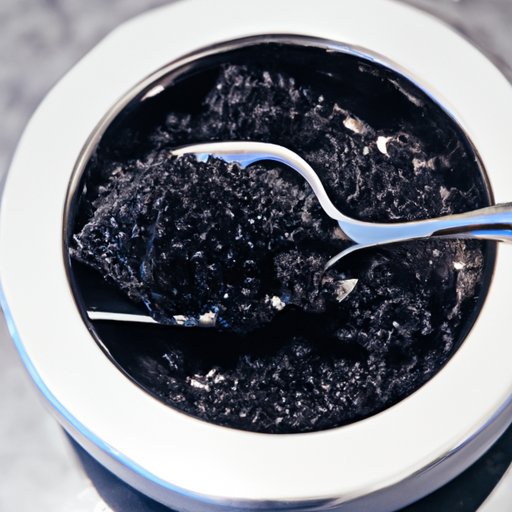
Introduction
Caviar is a luxurious food renowned for its delicate flavor and high price tag. However, for first-time caviar eaters, the idea of consuming this delicacy can be intimidating. That’s why we’ve put together a guide to help you enjoy caviar to the fullest.
What is Caviar?
Caviar is a type of roe, or fish eggs, that is typically obtained from sturgeon. It is considered a luxury food item due to its rarity and high demand. Caviar comes in different types, including beluga, ossetra, and sevruga, each with its unique characteristics.
The Basics of Eating Caviar
When it comes to serving caviar, there are certain traditions and etiquette to follow. Caviar should be served cold but never frozen. The traditional accompaniments are crème fraîche, blinis, and finely chopped onions. It is also recommended to use mother-of-pearl spoons instead of metallic ones. In terms of etiquette, you should avoid spreading caviar on bread or crackers. Instead, use a spoon and savor the small bites. Don’t forget to pair your caviar with a complimentary champagne or vodka.
Recipes for Using Caviar
Caviar can be used in a variety of dishes to add a touch of elegance and luxury. Some creative and accessible recipe ideas include topping potatoes, scrambled eggs, or avocado toast with caviar. The slight salty flavor of caviar adds an extra depth to any recipe. However, don’t overdo it and let the caviar be the star of the dish.
Pros and Cons of Eating Caviar
While caviar is a delicacy, it is essential to think about the environmental and ethical aspects of consuming it. Overfishing has put sturgeon populations at risk, and the process of harvesting sturgeon eggs is often considered inhumane. However, caviar is also high in important omega-3 fatty acids, which can be beneficial for your health. To ensure that the caviar you purchase is sustainably sourced, look for labels like “certified organic” or “friend of the sea.”
Tasting Tips from a Pro
When it comes to properly evaluating the quality of caviar, there are specific factors to consider. These include the color, texture, and taste. It is recommended to taste caviar in small amounts and let it linger on your tongue for a few seconds to detect the flavor better. To store your caviar, keep it refrigerated at all times, and consume it as soon as possible.
The History of Caviar
Caviar has been a sought-after delicacy for centuries, dating back to ancient Greece and Rome. In the past, caviar was reserved for royalty and high-ranking officials. In modern times, it has become a food item associated with luxury and status. However, as mentioned earlier, the depleting sturgeon population has led to questions about the sustainability of caviar harvesting.
Conclusion
In conclusion, caviar is a luxurious food item that should be enjoyed with care and respect. Follow the traditional serving methods and etiquette when enjoying caviar, and get creative with recipe ideas. Remember to consider the environmental and ethical impact of consuming caviar and make sustainable purchasing decisions. Overall, caviar is about experiencing the finer things in life while appreciating the history and cultural significance behind it.




